Description
Sparky Imeson is one of the “gurus” of mountain and bush flying, and imparts much knowledge in this book. This book is obviously oriented towards those flying taildraggers, but beyond that, it covers many techniques and procedures for flying in mountains and remote areas (the places where taildraggers excel) and will be of interest to anyone operating in such environments regardless of the type of aircraft they fly. Imeson teaches many techniques that many pilots may be unfamiliar with, which help to get the most performance possible out of the airplane and can help cope with a variety of unusual or marginal situations. He also gives many useful rules of thumb and parameters to make the right “go-no go” decisions before and during the flight, covering the many otherwise “unusual” situations that only occur in bush/mountain flying.
Written by Sparky Imeson, Copyright 1998, 2004. ISBN 1-880568-70-5. Published by Aurora Publications. 274 Pages, Softcover.
Chapters include:
| INTRODUCTION 1. AERODYNAMIC FORCES 2. STARTING 3. TAXIING 4. RUN-UP 5. TAKEOFF 6. CRUISE 7. DESCENT AND TRAFFIC PATTERN |
8. LANDING 9. CROSSWIND OPERATIONS 10. TIE-DOWN 11. COLD WEATHER OPERATIONS 12. REGULATIONS APPENDIX INDEX |
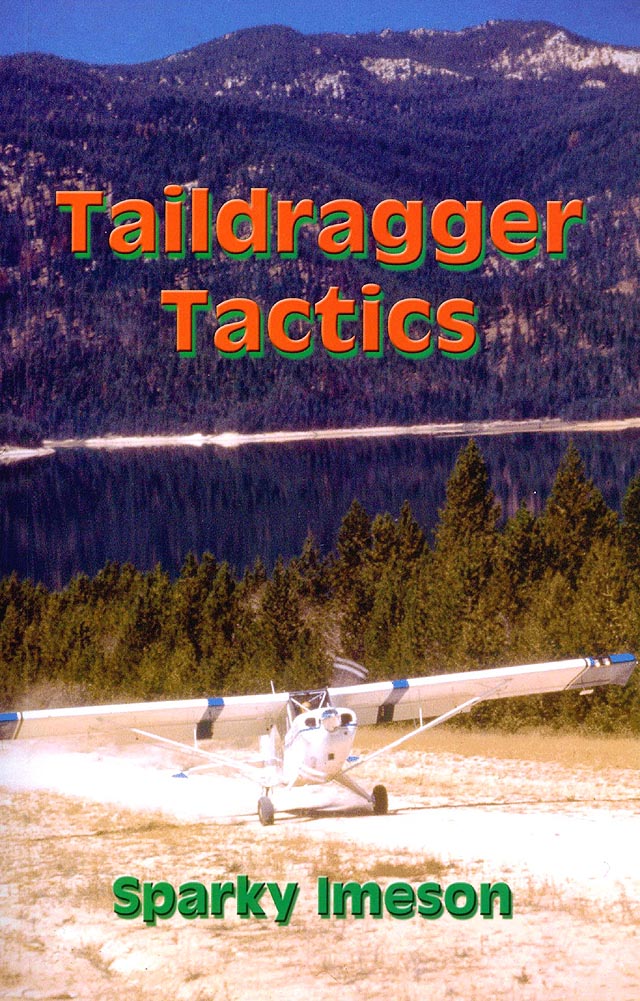
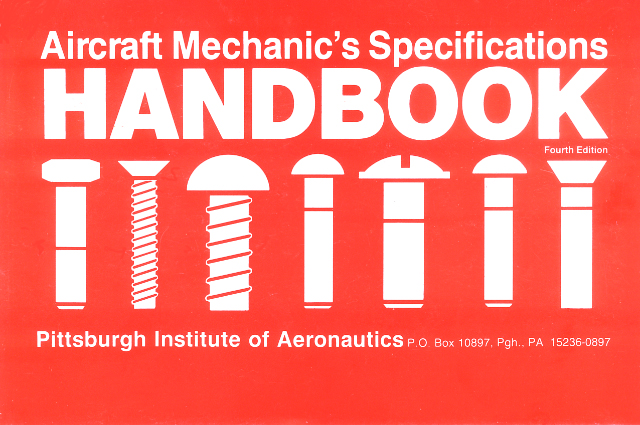
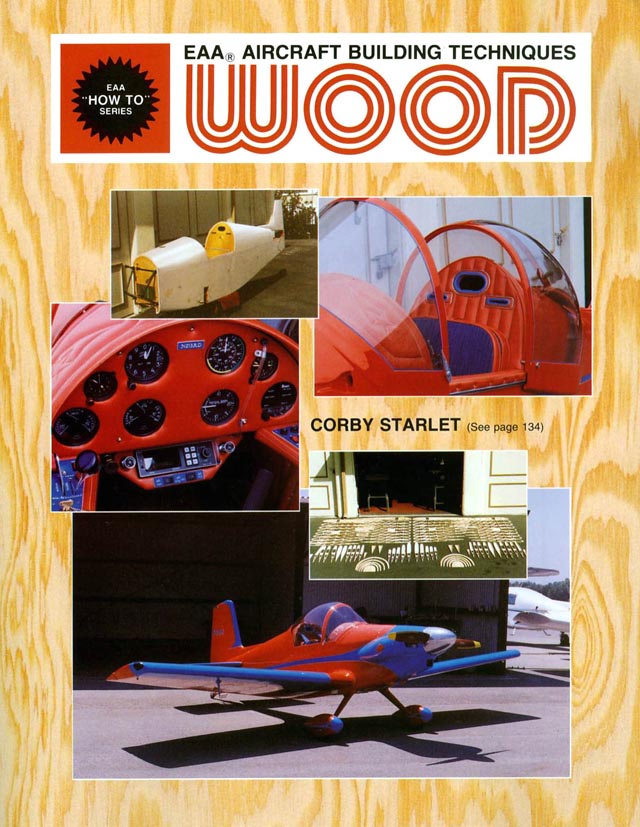
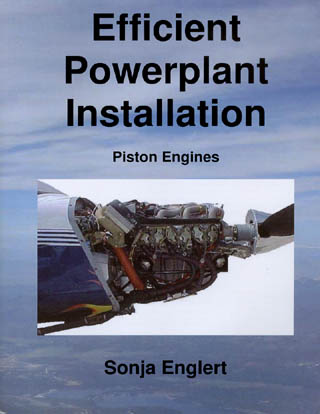
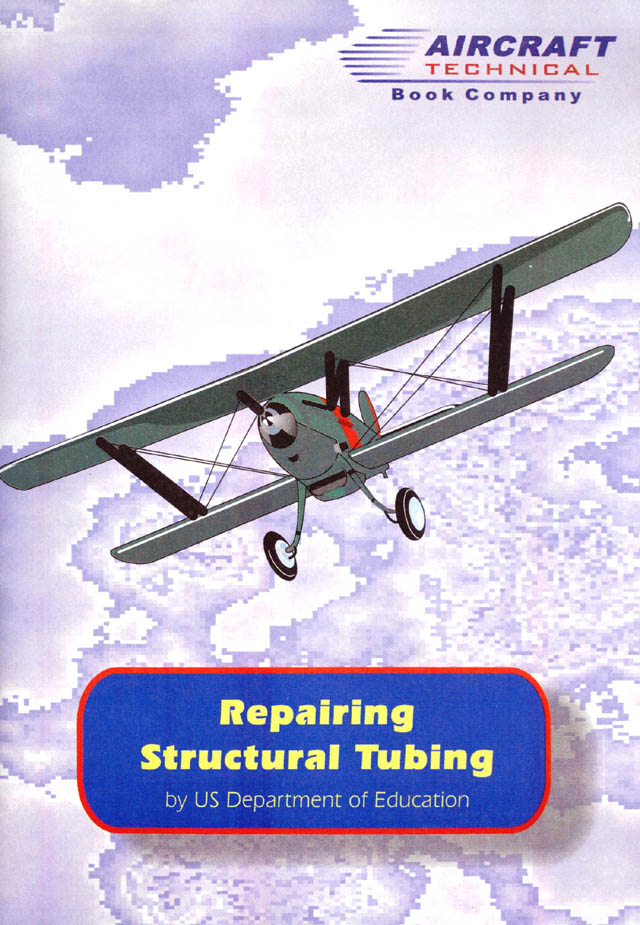
Reviews
There are no reviews yet.